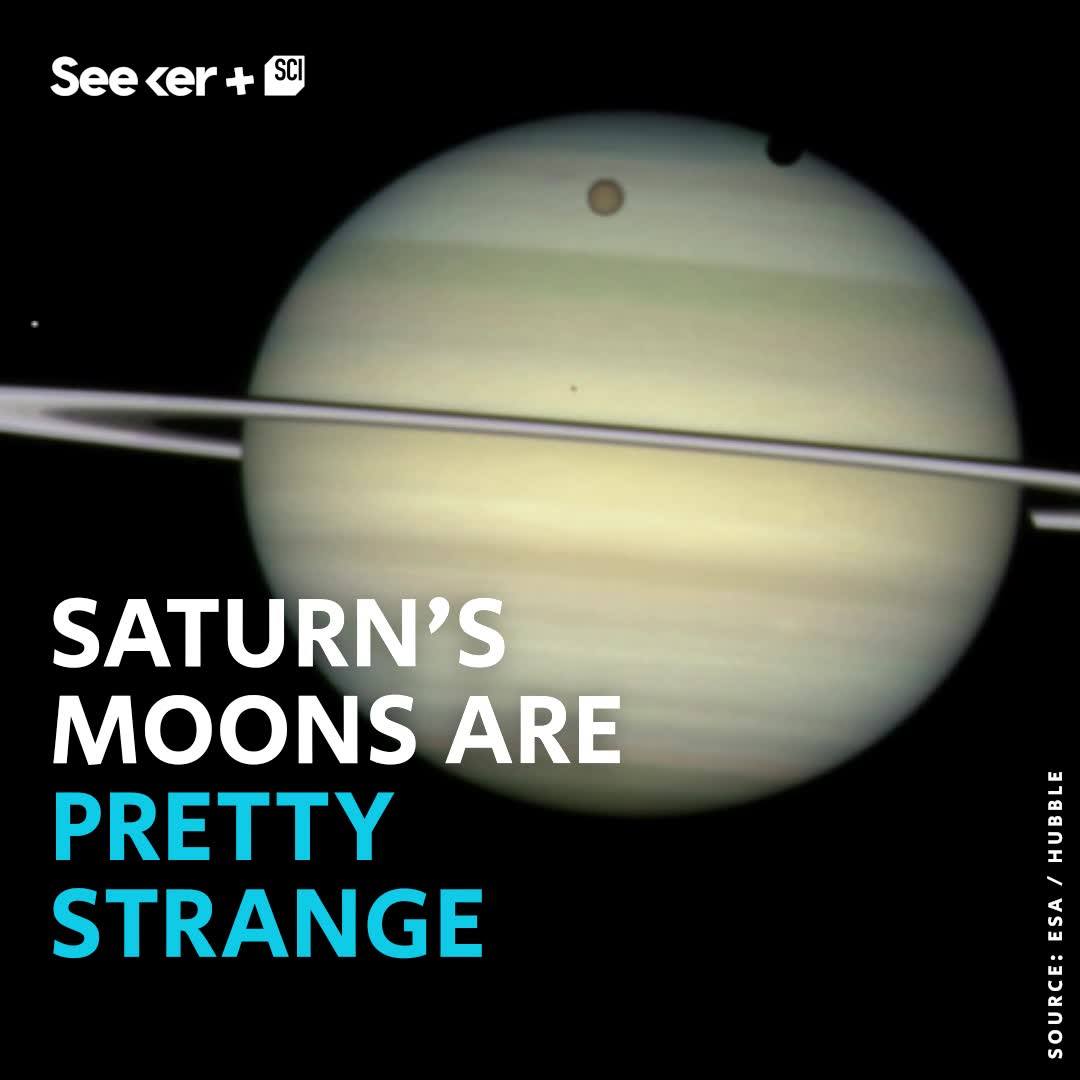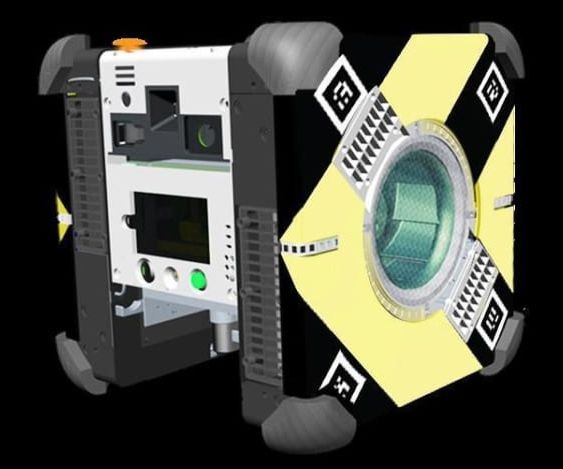Throughout history, astronomers have used both optical and radio telescopes to see and hear the universe. Now, a new project will combine both kinds of telescopes to combine the two senses so that scientists can get a more complete look at the universe in real-time.
MeerLICHT — which is Dutch for “more light” — is a new, fully robotic telescope that uses a 65-centimeter main mirror and a 100-megapixel camera that was unveiled Friday near Sutherland, South Africa, which is a few hours northeast of Cape Town. What makes this telescope different is that it will be connected to MeerKAT, a radio telescope that consists of 64 dishes and located 125 miles away. Both telescopes will scan the Southern Sky in matching fields of view. The project will be the first of its kind and size to listen as well as see into space.









